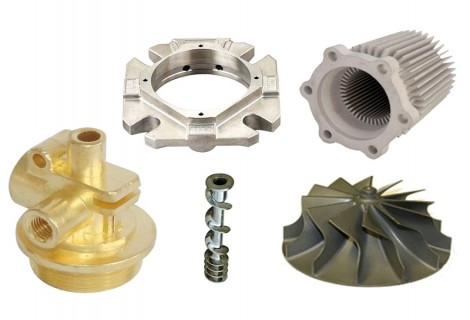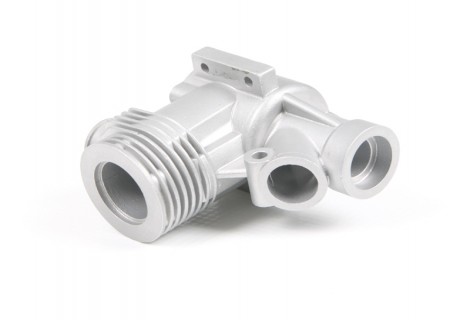Investment (Lost Wax) Casting
Lost Wax Casting (also called Investment casting or Precision casting) is one of the most ancient metal working method and its history dates back thousands of years but it came into use as a modern industrial process in the late 19th century.
The molten metal is poured into an expendable ceramic mold. The mold is formed by using a wax pattern (a disposable piece in the shape of the desired part). The pattern is surrounded, or "invested", into ceramic slurry that hardens into the mold, and then the wax model is melted and drained away. Lost-wax processes are one-to-one (one pattern creates one part), which increases production time relative to other casting processes. However, since the mold is destroyed during the process, parts with complex geometries and intricate details can be created.
MATERIALS AND PRODUCTS
Although all metals, ferrous as well as non-ferrous, can be casted by this process, it is especially suitable for small intricate parts of expensive or difficult to machine alloy. An advantage of investment casting is the ability to cast materials with high melting temperatures, including steel, nickel, and titanium.
Pieces made by this process find tremendous applications apart of jewelry and art, such as power generation, aircraft industries, automotive industries (engine parts, spinners and adaptors, brackets, manifolds…), machinery (turbine buckets, flanges, valves, impellers, casings, gears…), military metal parts (for tanks, trucks, jet engines, and other vital defense related components), shipbuilding industries, diary and medical industries



